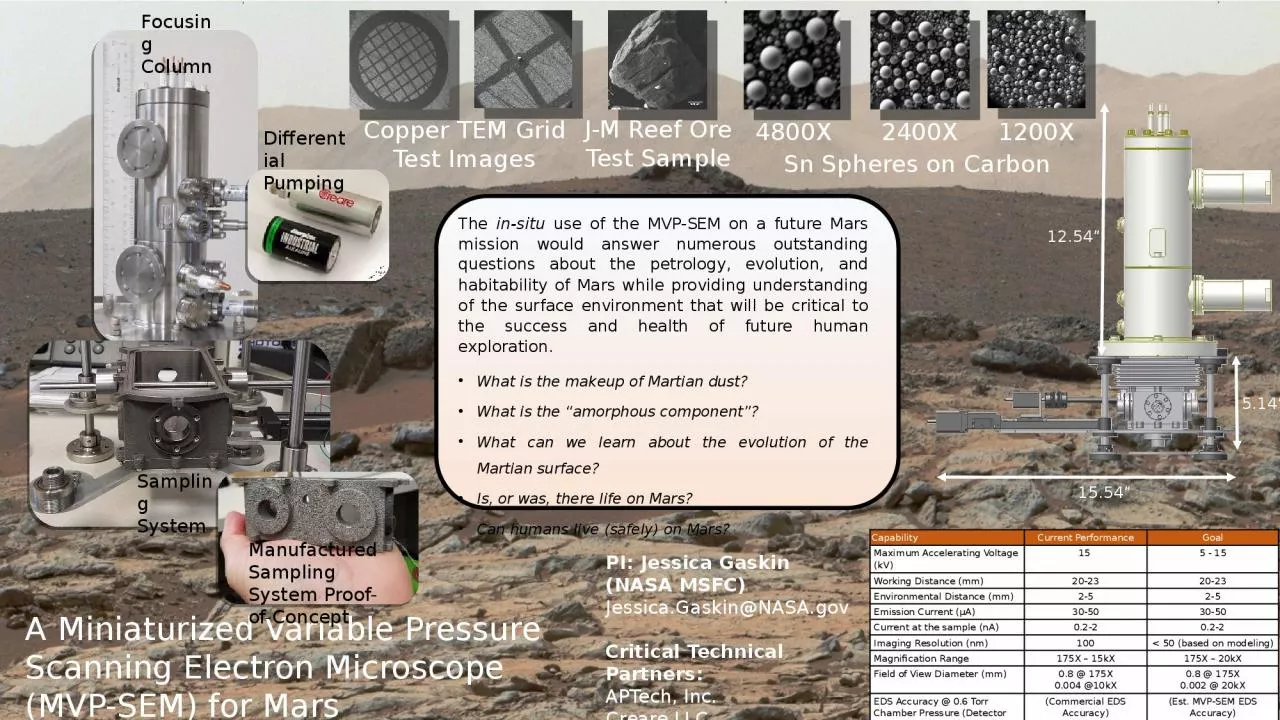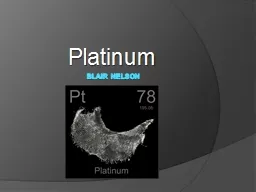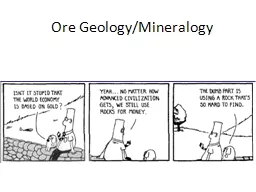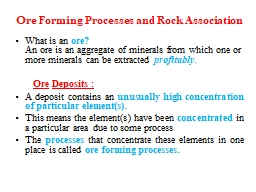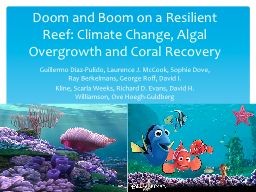PPT-4800X 2400X 1200X J-M Reef Ore
Author : kimberly | Published Date : 2024-03-13
Test Sample Copper TEM Grid Test Images Sn Spheres on Carbon A Miniaturized Variable Pressure Scanning Electron Microscope MVPSEM for Mars Capability Current Performance
Presentation Embed Code
Download Presentation
Download Presentation The PPT/PDF document "4800X 2400X 1200X J-M Reef Ore" is the property of its rightful owner. Permission is granted to download and print the materials on this website for personal, non-commercial use only, and to display it on your personal computer provided you do not modify the materials and that you retain all copyright notices contained in the materials. By downloading content from our website, you accept the terms of this agreement.
4800X 2400X 1200X J-M Reef Ore: Transcript
Download Rules Of Document
"4800X 2400X 1200X J-M Reef Ore"The content belongs to its owner. You may download and print it for personal use, without modification, and keep all copyright notices. By downloading, you agree to these terms.
Related Documents

